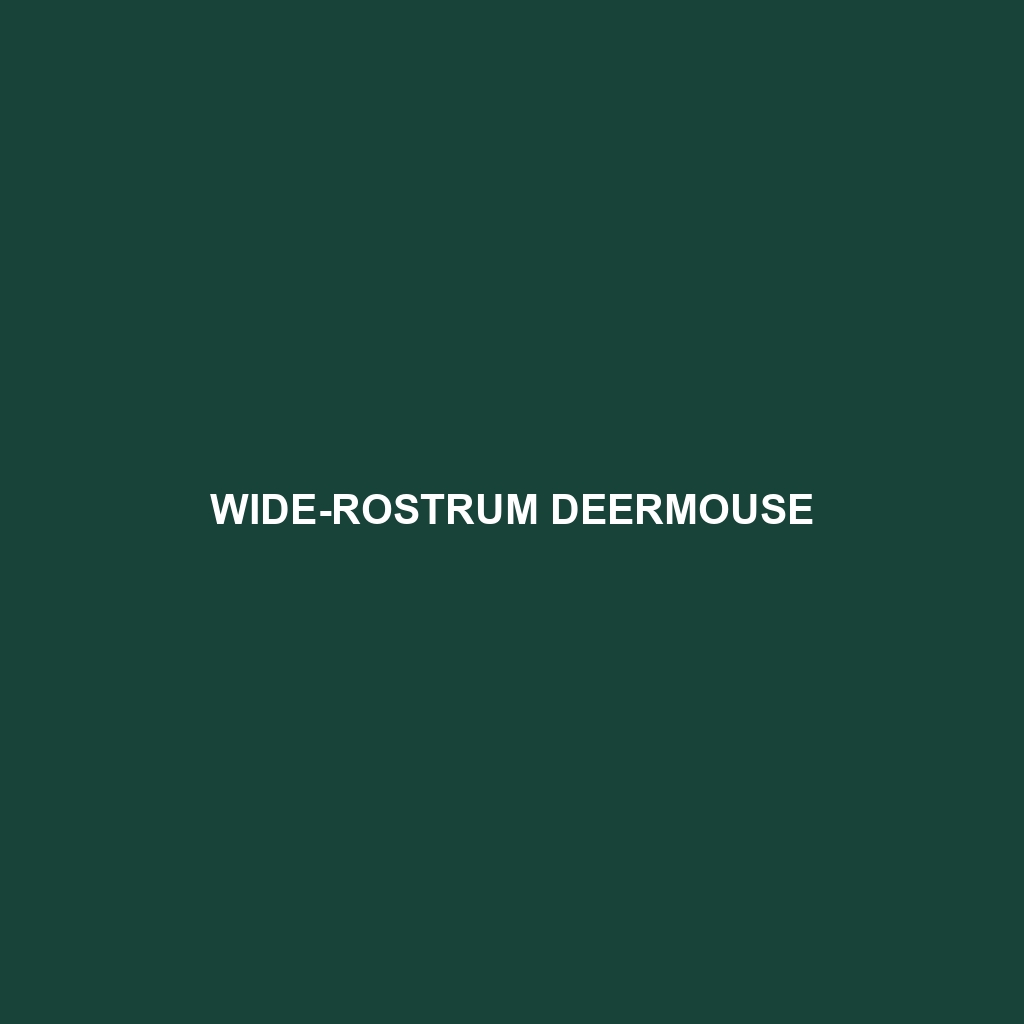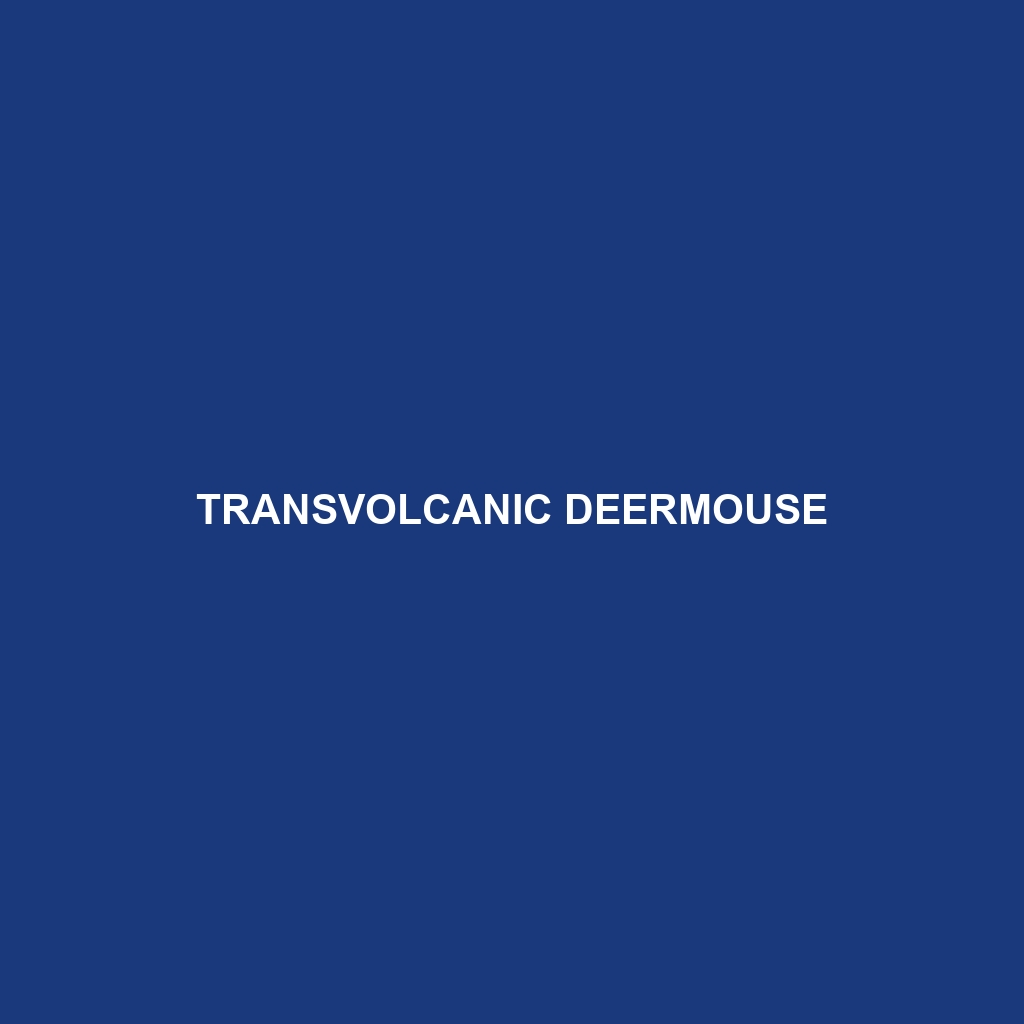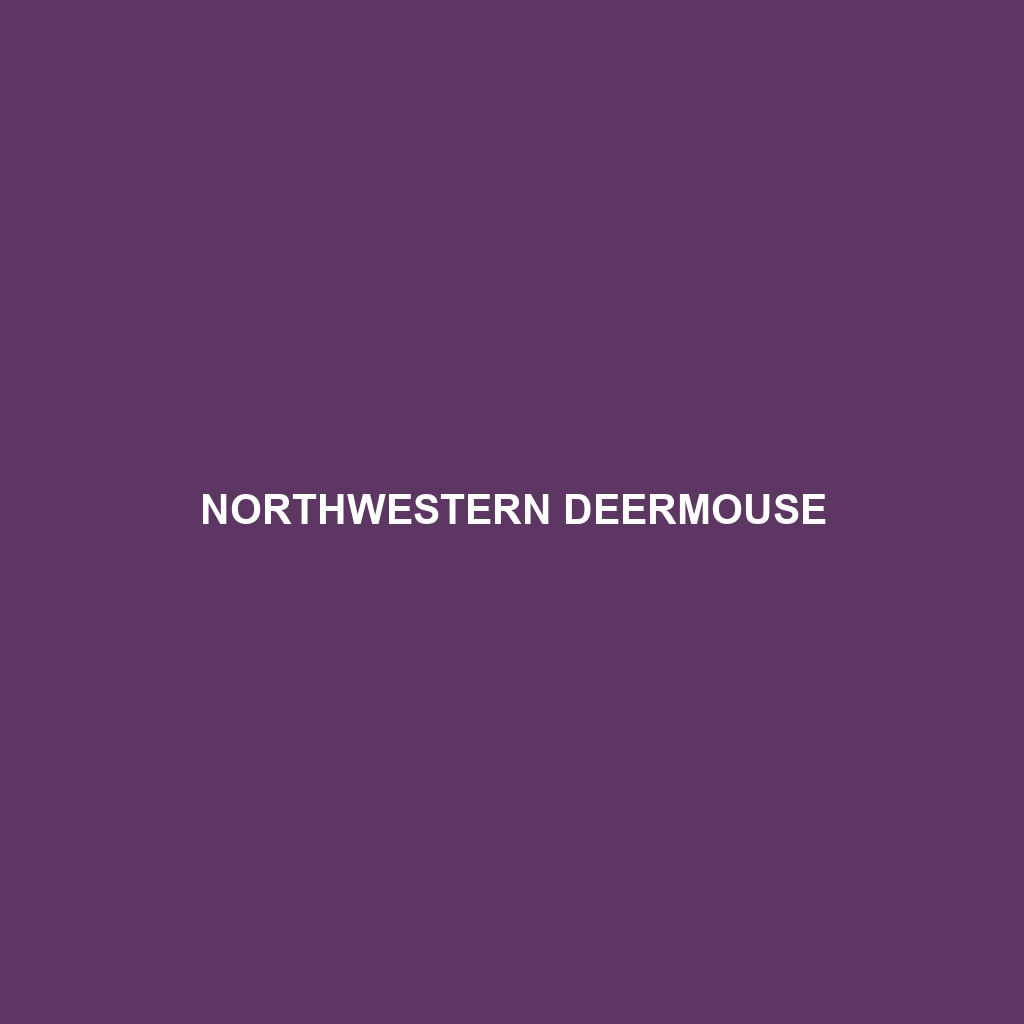Discover the fascinating world of the Wide-rostrum Deermouse, a medium-sized rodent native to the dense forests of the Pacific Northwest and Canada. With its distinctive long snout and curious nocturnal behavior, this vulnerable species plays a vital role in seed dispersal and maintaining ecological balance in its habitat. Learn about its characteristics, diet, and conservation efforts in our latest blog post.
Tag: Pacific Northwest
Northwestern Deermouse
Discover the fascinating world of the Northwestern Deermouse (*Peromyscus maniculatus*), a nocturnal rodent thriving in the lush forests of the Pacific Northwest. With their agile climbing skills and unique diet of seeds and fruits, these mice play a crucial role in maintaining ecosystem balance as both prey and seed dispersers. Learn more about their remarkable adaptability and the importance of protecting their habitats for future generations.
Northwestern Deermouse
Discover the fascinating world of the Northwestern Deermouse (*Peromyscus maniculatus*), a nocturnal rodent thriving in the lush forests of the Pacific Northwest. With their agile climbing skills and unique diet of seeds and fruits, these mice play a crucial role in maintaining ecosystem balance as both prey and seed dispersers. Learn more about their remarkable adaptability and the importance of protecting their habitats for future generations.
Red Tree Vole
Explore the intriguing world of the **Red Tree Vole** (*Arborimus longicaudus*), a unique rodent native to the lush forests of the Pacific Northwest. Discover its nocturnal lifestyle, distinctive feeding habits, and significant role in promoting forest health and biodiversity. Learn about the conservation challenges it faces and what makes this vulnerable species an integral part of the forest ecosystem.
Red Tree Vole
Explore the intriguing world of the **Red Tree Vole** (*Arborimus longicaudus*), a unique rodent native to the lush forests of the Pacific Northwest. Discover its nocturnal lifestyle, distinctive feeding habits, and significant role in promoting forest health and biodiversity. Learn about the conservation challenges it faces and what makes this vulnerable species an integral part of the forest ecosystem.
Red Tree Vole
Explore the intriguing world of the **Red Tree Vole** (*Arborimus longicaudus*), a unique rodent native to the lush forests of the Pacific Northwest. Discover its nocturnal lifestyle, distinctive feeding habits, and significant role in promoting forest health and biodiversity. Learn about the conservation challenges it faces and what makes this vulnerable species an integral part of the forest ecosystem.
Red Tree Vole
Explore the intriguing world of the **Red Tree Vole** (*Arborimus longicaudus*), a unique rodent native to the lush forests of the Pacific Northwest. Discover its nocturnal lifestyle, distinctive feeding habits, and significant role in promoting forest health and biodiversity. Learn about the conservation challenges it faces and what makes this vulnerable species an integral part of the forest ecosystem.
Townsend’s Vole
Discover the fascinating world of the Townsend's Vole (*Microtus townsendii*), a small herbivore thriving in the lush grasslands and wetlands of the Pacific Northwest. Known for their nocturnal behaviors, extensive burrow systems, and vital ecological contributions, these voles play a crucial role in maintaining the health of their habitats while facing threats from environmental changes. Learn more about their unique characteristics, diet, and conservation status in our latest blog post.
Singing Vole
Discover the fascinating world of the Singing Vole (<i>Microtus pseudanomalus</i>), a small rodent renowned for its unique vocalizations and social behaviors. Native to mountainous regions of the Pacific Northwest, these diurnal creatures thrive in moist meadows, playing a crucial role in their ecosystem as both herbivores and prey. Learn about their physical characteristics, diet, and the threats they face in their natural habitats.
Oregon Jumping Mouse
Discover the fascinating world of the Oregon Jumping Mouse (<i>Zapus oregonensis</i>), a small, nocturnal rodent native to the Pacific Northwest. Learn about its unique habitat preferences, impressive jumping abilities, dietary habits, and the critical conservation efforts needed to protect this endangered species, which plays a vital role in its ecosystem.









